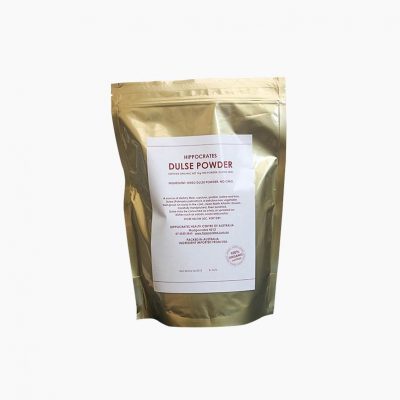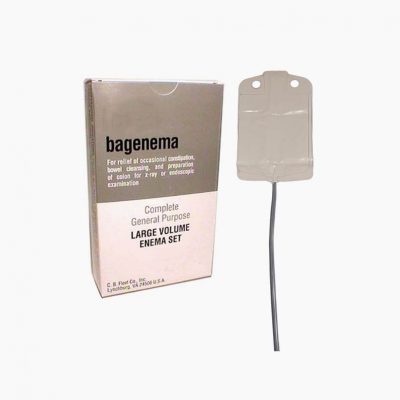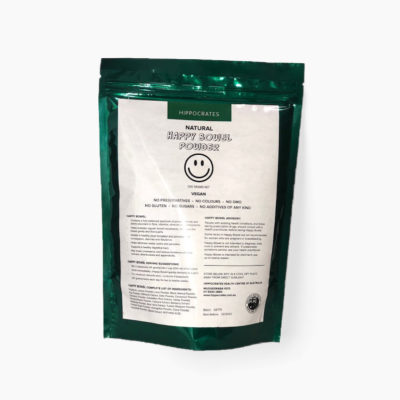Nitric oxide can protect your cardiovascular health and increase your energy levels. But that’s not all it can do. Researchers at George Washington University (GWU) have found a surprising new use for nitric oxide – and it’s something you might not have expected from a gas!
Millions of people are affected by dermatophytosis every year. More commonly known as ringworm, this fungal infection can affect the skin, hair, or nails. It’s tricky to get rid of, and many antifungal treatments can come with nasty side effects, may take a long time to work, and can interfere with medications like blood thinners and anti-hypertensive drugs. The GWU researchers wanted to find a more effective way of treating infections that had moved into the hair follicle and below the surface layers of the skin.
They turned to nanotechnology, which uses materials that are billionths of a meter, for help. Nanotechnology particles are small enough to penetrate the skin, but modern medicine is just beginning to discover how to use them to deliver treatments effectively. The GWU researchers knew of a nanoparticle that was able to actually make nitric oxide, not just deliver it, so they decided to investigate whether this particle would be capable of fighting off skin infections.
Their animal studies went astonishingly well. In fact, by the third day of treatment, 95% of the infection was cleared up in the animals. This was a big improvement over the typical topical treatments. The researchers are now preparing to conduct clinical trials to determine whether they’ll get the same results in humans. But they’re confident that nanotechnology holds a lot of promise for the treatment of dermatophytosis.
And the best natural source of nitric oxide? Organic beetroot. (Juiced fresh or soaked seeds.)





